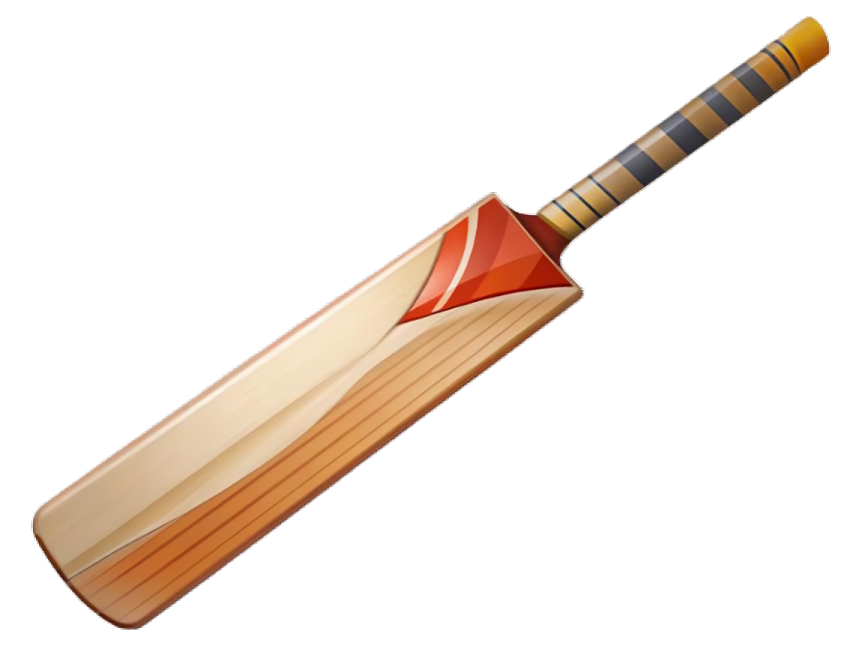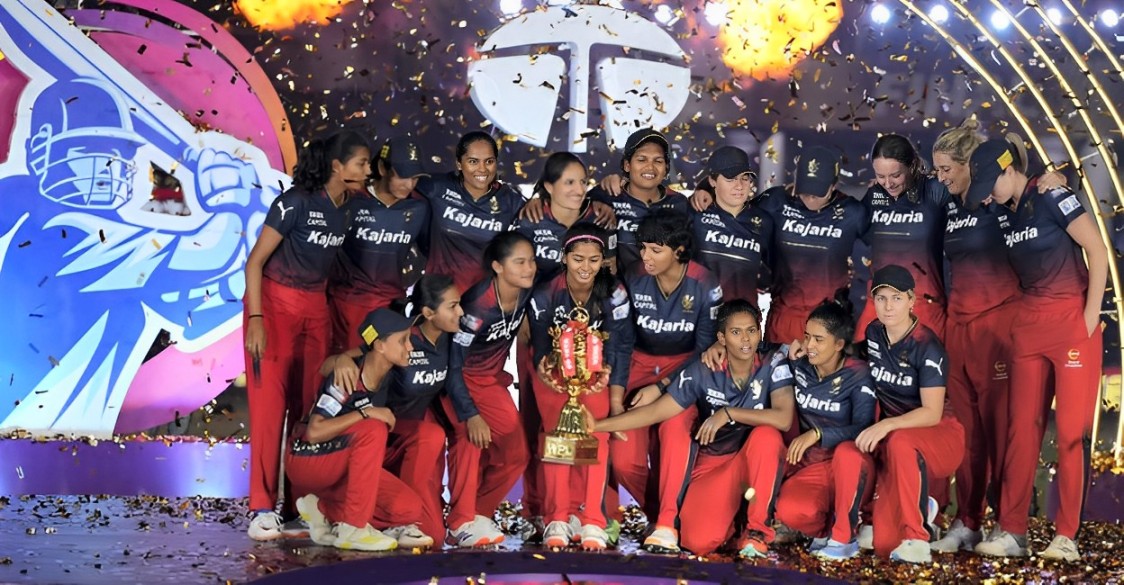Sports and Culture: The Art and Athleticism of Sepak Takraw A Dynamic Fusion of Sport and Culture, Where Athleticism Meets Tradition in a Vibrant Tapestry of Competition and Community, Embracing the Rich Heritage of Southeast Asia Through Dynamic Gameplay and Cultural Significance.

Sports Sepak Takraw has its origins tracing back centuries, with early records suggesting that ancient China during the Han Dynasty played a similar game. However, it was in Southeast Asia where the sport truly flourished. Historians believe that Sepak Takraw emerged as a recreational pastime among villagers, with players using a woven ball made from rattan or dried palm leaves.
Over time, Sepak Takraw evolved into a formalized sport, gaining popularity across the region. The first recorded competition took place in Malaysia during the 1940s, marking the beginning of organized tournaments and leagues. Since then, Sepak Takraw has grown into a highly competitive sport with international recognition.
Evolution of Sepak Takraw
The evolution of Sports Sepak Takraw from a simple village pastime to a globally recognized sport is a testament to its enduring appeal and cultural significance. As the sport spread across Southeast Asia, various regional variations emerged, each contributing to the rich tapestry of Sepak Takraw’s history.
In Malaysia, people know the game as “Sepak Raga,” while in Thailand, they refer to it as “Takraw.” These regional variations highlight the diverse cultural influences that have shaped Sepak Takraw over the centuries, from indigenous traditions to external influences brought by trade and migration.
The formalization of Sepak Takraw as a sport came with the establishment of standardized rules and regulations, paving the way for organized competitions and leagues. This transition not only elevated the status of Sepak Takraw but also facilitated its spread to new audiences and regions beyond Southeast Asia.
Rules and Gameplay
Players in Sports Sepak Takraw play on a court similar to that of volleyball, with a net dividing two opposing teams.The objective is to score points by hitting the ball over the net and into the opponent’s court without it touching the ground. Players in Sepak Takraw can use any part of their body except their hands and arms, relying primarily on their feet, knees, chest, and head to control and manipulate the ball.
The game demands quick reflexes, agility, and precise coordination, making it fast-paced and dynamic. Each team comprises three players, and matches typically follow a best-of-three sets format. Points occur when the ball touches the ground within the opponent’s court or if the opposing team commits a fault, such as touching the net or carrying the ball, showcasing the intensity of the gameplay.
Techniques and Skills
Success in Sepak Takraw hinges on mastering a wide array of techniques and skills. Players must develop exceptional footwork, balance, and flexibility to execute maneuvers such as the “sepak,” which involves kicking the ball with pinpoint accuracy, and the “takraw,” a skillful maneuver that requires players to perform acrobatic kicks to keep the ball in play.
Furthermore, players often employ specialized techniques like the “spike” and the “header,” which involve powerful strikes aimed at sending the ball soaring over the net with velocity and precision. These techniques require hours of dedicated practice and fine-tuning to achieve mastery.
Cultural Significance
Beyond its status as a competitive sport, Sports Sepak Takraw holds deep cultural significance in Southeast Asia. It serves as a symbol of unity, community, and national pride, with tournaments and matches drawing large crowds of spectators from all walks of life. The sport is often accompanied by traditional music, dance, and ceremonies, further enriching the cultural experience.
Sepak Takraw is also celebrated for its values of discipline, respect, and sportsmanship, instilling important life lessons in its participants. Through the practice of Sepak Takraw, individuals learn the importance of teamwork, perseverance, and humility, qualities that extend far beyond the confines of the playing court.
Global Expansion and Recognition
In recent years, Sepak Takraw has garnered increased attention on the global stage, attracting players and enthusiasts from around the world. International federations and organizations have been established to promote the sport and oversee competitive events, including the Sepak Takraw World Championships and the Asian Games.
Moreover, efforts have been made to introduce Sepak Takraw to new audiences through exhibitions, workshops, and youth development programs. Its unique blend of athleticism, artistry, and cultural heritage has captivated audiences worldwide, positioning Sepak Takraw as a truly global phenomenon.
Future Prospects
Looking ahead, the future of Sports Sepak Takraw appears promising, with opportunities for continued growth and evolution both domestically and internationally. Efforts to standardize rules, enhance coaching and training infrastructure, and improve accessibility to the sport are essential in fostering its long-term sustainability, competitiveness, and global reach.
Furthermore, initiatives to promote gender equality and diversity within the sport are gaining momentum, with increased support for women’s Sepak Takraw and mixed-gender competitions. This inclusivity not only expands the talent pool but also enriches the sport’s cultural fabric and appeal to a broader audience.
As technology continues to advance, innovations in equipment, training methods, and broadcasting techniques have the potential to further elevate the profile of Sepak Takraw and enhance the spectator experience. Virtual reality simulations, interactive platforms, and augmented reality applications could offer immersive opportunities for fans to engage with the sport like never before.
Conclusion
Sepak Takraw stands as a testament to the enduring power of sport to transcend boundaries and unite people from diverse backgrounds. With its rich history, dynamic gameplay, and cultural significance, Sepak Takraw continues to captivate the hearts and minds of millions around the world. As the sport continues to evolve and grow, its legacy as a symbol of athleticism, artistry, and cultural heritage will endure for generations to come, inspiring future athletes and enthusiasts alike.




